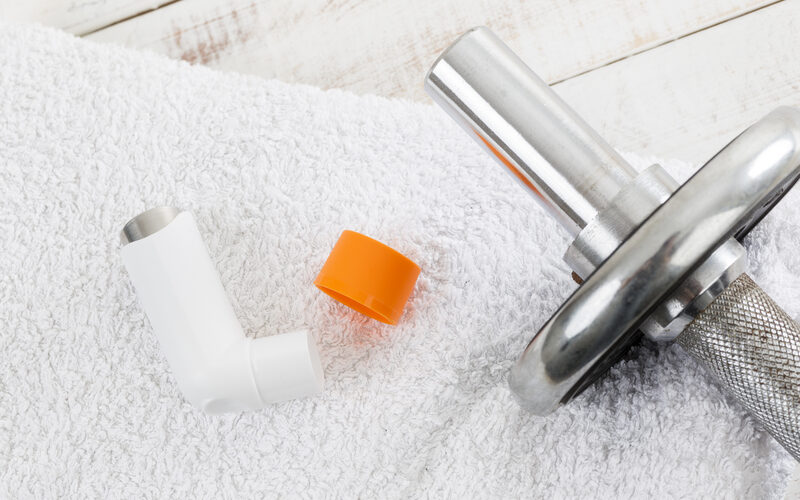Asthma is a chronic condition that affects millions worldwide. Managing it involves more than medication; awareness of triggers and prevention is crucial. This guide offers practical advice on identifying triggers, maintaining a clean home environment, and monitoring activity levels to effectively manage asthma.
Identify Your Triggers
Asthma triggers can vary widely from person to person and can include allergens like pollen, pet dander, mold, and dust mites. Non-allergic triggers such as cold air, exercise, stress, and even certain foods or fragrances can also induce asthma symptoms. Keeping a journal to record when and where asthma attacks occur can be helpful in pinpointing triggers. Once identified, steps can be taken to avoid or minimize exposure to these triggers. If pollen is a trigger, staying indoors on high pollen days and using air purifiers can help. If stress is a trigger, holistic approaches like yoga, meditation, or faith-centered wellness practices can be beneficial in managing stress levels. Allergy testing involves exposing the skin to small amounts of potential allergens and then monitoring for a reaction. Lung function tests measure how well the lungs are working and can help determine if certain activities or exposure to triggers are causing asthma symptoms.
Ensure a Clean Home Environment
Maintaining a clean home environment is vital in preventing asthma attacks. Regular cleaning reduces the amount of dust, pet dander, and other potential allergens in your home. It’s important to be mindful of cleaning products as some chemicals can be asthma triggers. Natural or fragrance-free cleaning products are often a safer choice. One often overlooked aspect of a clean home environment is pest control. Pests like termites can shed particles that can trigger respiratory issues. Regular inspections and managing pest problems promptly can reduce the presence of these irritants. Using dust-proof covers on mattresses and pillows and regularly washing bedding in hot water can help reduce exposure to dust mites, a common asthma trigger. Vacuuming carpets and furniture with a HEPA filter can also help remove allergens from your home. Keeping indoor humidity levels below 50% can prevent mold growth which can worsen asthma symptoms.
Watch Your Activity Levels
Physical activity is important for overall health but can be a trigger for asthma attacks. This doesn’t mean those with asthma should avoid exercise; rather, it’s about finding the right balance and being prepared. Understanding your limits and gradually increasing the intensity of workouts can help your body adjust. Warm-up exercises are essential before any physical activity, as they prepare your lungs for more strenuous exercise. It’s also important to be mindful of the environment in which you exercise. Indoor workouts may be preferable during cold weather or high pollen days. Carrying a reliever inhaler during workouts and staying hydrated are additional precautions that can help prevent asthma attacks during exercise. This can include a variety of exercises such as walking, swimming, cycling, or even dancing. Mixing up your workouts can also be beneficial for both physical and mental health.
Managing asthma effectively involves a proactive approach to identifying triggers, maintaining a clean home environment, and being mindful of activity levels. Holistic wellness practices, alongside medical treatment, can also play a role in managing asthma, providing a comprehensive approach to health and well-being.
Did You Enjoy Reading This Article? Here’s More to Read: Health Complications That Can Come With Diabetes







